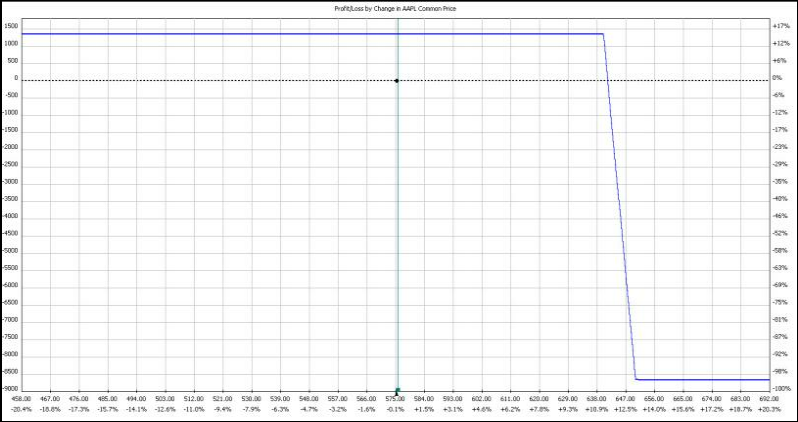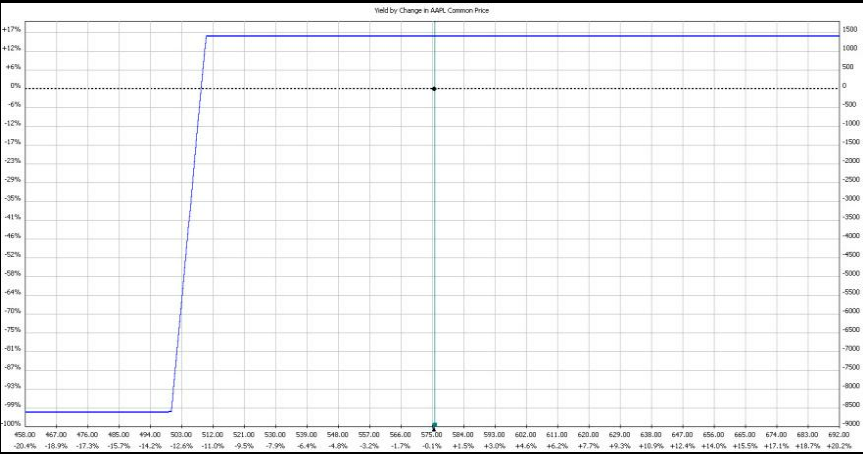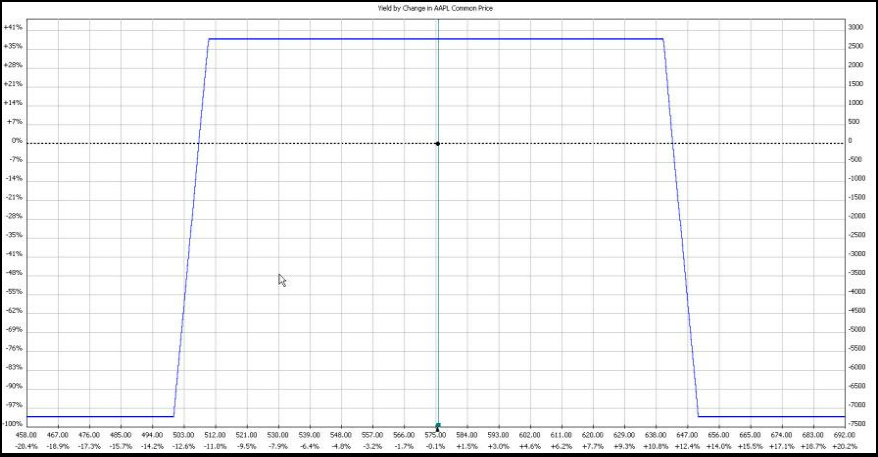Using Standard Deviation & Probability to Trade Options - Spreads & Condors
Using Standard Deviation & Probability to Trade Options
We've previously discussed the ability to use implied volatility to calculate the probability of a successful outcome for any given option trade. To review briefly, the essential concepts a trader must understand in order to make use of this helpful metric include:
1. The prices of any given underlying can be considered to be distributed in a Gaussian distribution- the classic bell shaped curve.
2. The width of the spread of these prices is reflected in the standard deviation of the individual underlying's distribution curve.
3. Plus / minus one standard deviation from the mean will include 68% of the individual price points, two standard deviations will include 95%, and three standard deviations will include 99.7%
4. A specific numerical value for the annual standard deviation can be calculated using the implied volatility of the options using the formula: underlying price X implied volatility
5. This standard deviation can be adjusted for the specific time period under consideration bymultiplying the value derived above by the square root of the number of days divided by 365
These derived values are immensely important for the options trader because they give definitive metrics against which the probability of a successful trade can be gauged. An essential point of understanding is that the derived standard deviation gives no information whatsoever on the direction of a potential move. It merely determines the probability of the occurrence of a move of a specific magnitude.
It is important to note that no trade can be established with 100% probability of success; even boundaries of profitability allowing for a three standard deviation move have a small but finite probability of moving outside the predicted range. A corollary of this observation is that the trader must NEVER "bet the farm" on any single trade regardless of the calculated probability of success. Black swans do exist and have a nasty habit of appearing at the most inopportune times.
Let us consider a specific example of a "bread and butter" high probability option trade in order to see how these relationships can be applied in a practical manner.
The example I want to use is that of an Iron Condor position on Apple (AAPL). For those not familiar with this strategy, it is constructed by selling both a call and put credit spread. The short strikes of the individual credit spreads are typically selected far out of the money to reduce the chance they will be in-the-money as expiration approaches.
I want to build an iron condor on AAPL in order to illustrate the thought process. As I type, AAPL is trading at $575.60. August expiration is 52 days from today; this is within the optimal 30-55 day window to establish this position. Consider the high probability call credit spread illustrated below:
AAPL Call Credit Spread
This trade has an estimated 88% probability of profit at expiration with a yield of around 16% on cash encumbered in a regulation T margin account.
Now let us consider the other leg of our trade structure, the put credit spread. Illustrated below is the other leg of our iron condor, the put spread:
AAPL Put Credit Spread
This trade has a calculated 9 0% probability of profit at expiration with a yield of around 16% on cash encumbered in a regulation T margin account. As the astute reader can readily see, this put credit spread is essentially the mirror image of the call credit spread.
When considered together, we have given birth to an Iron Condor Spread:
AAPL Iron Condor Spread
The resulting trade consists of four individual option positions. I t has a probability of success of 79% and a return on capital of 38% based on regulation T margin requirements. It has an absolute defined maximum risk.
Note that the probability of success, 79%, is the multiplication product of the individual probabilities of success for each of the individual legs.
This trade is readily adjustable to be reflective of an individual trader's viewpoint on future price direction; it can be skewed to give more room on either the downside or the upside.
Another characteristic and reproducible feature of this trade structure is the inverse relation of probability of success and maximum percentage return. As in virtually all trades, more risk equals more profit.
I think this discussion illustrates clearly the immense value of understanding and using defined probabilities of price move magnitude for option traders. Understanding these principles allows experienced option traders to structure option trades with a maximum level of defined risk with a relatively high probability of success.
Happy Option Trading!
Courtesy of Jw Jones, www.OptionsTradingSignals.com



